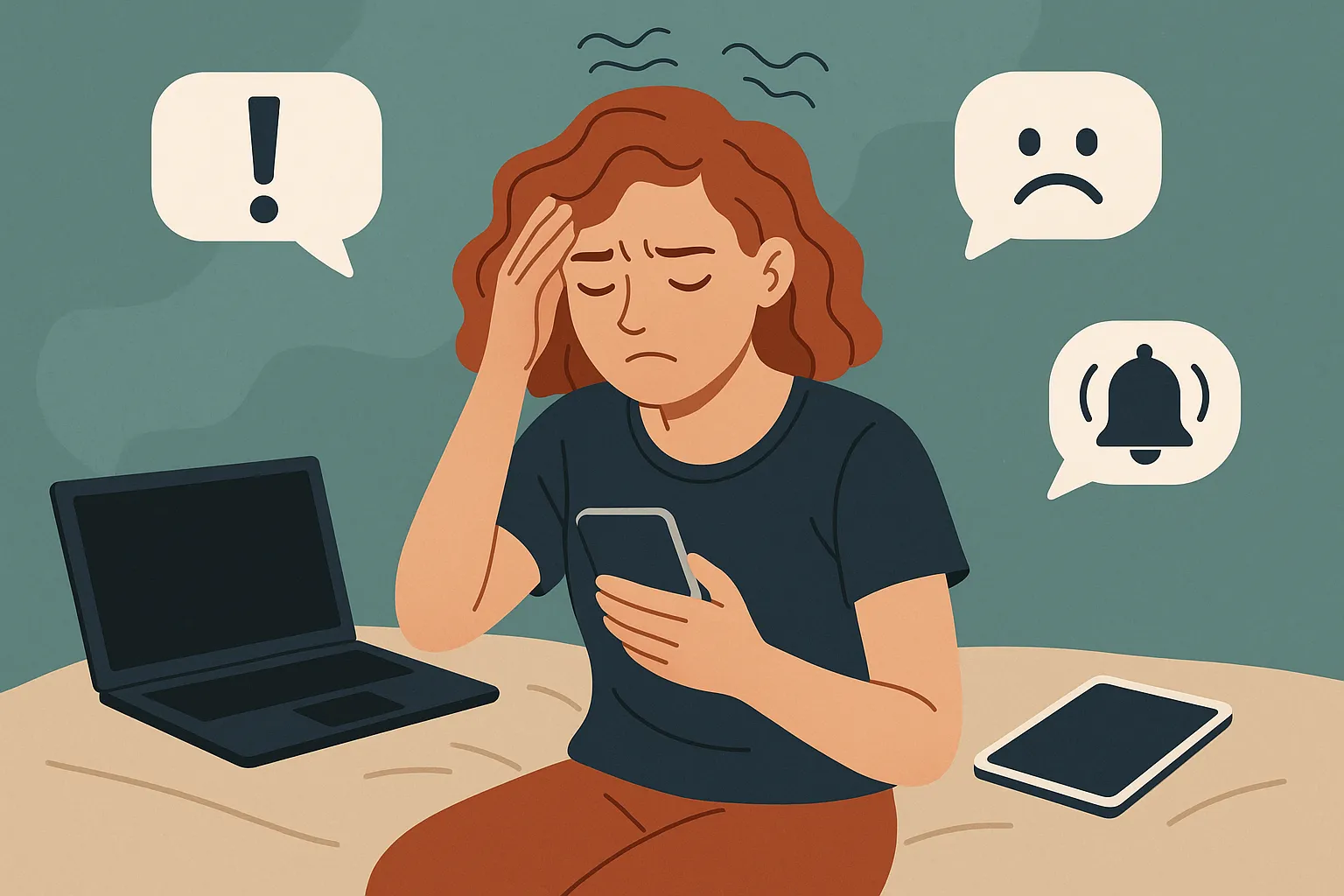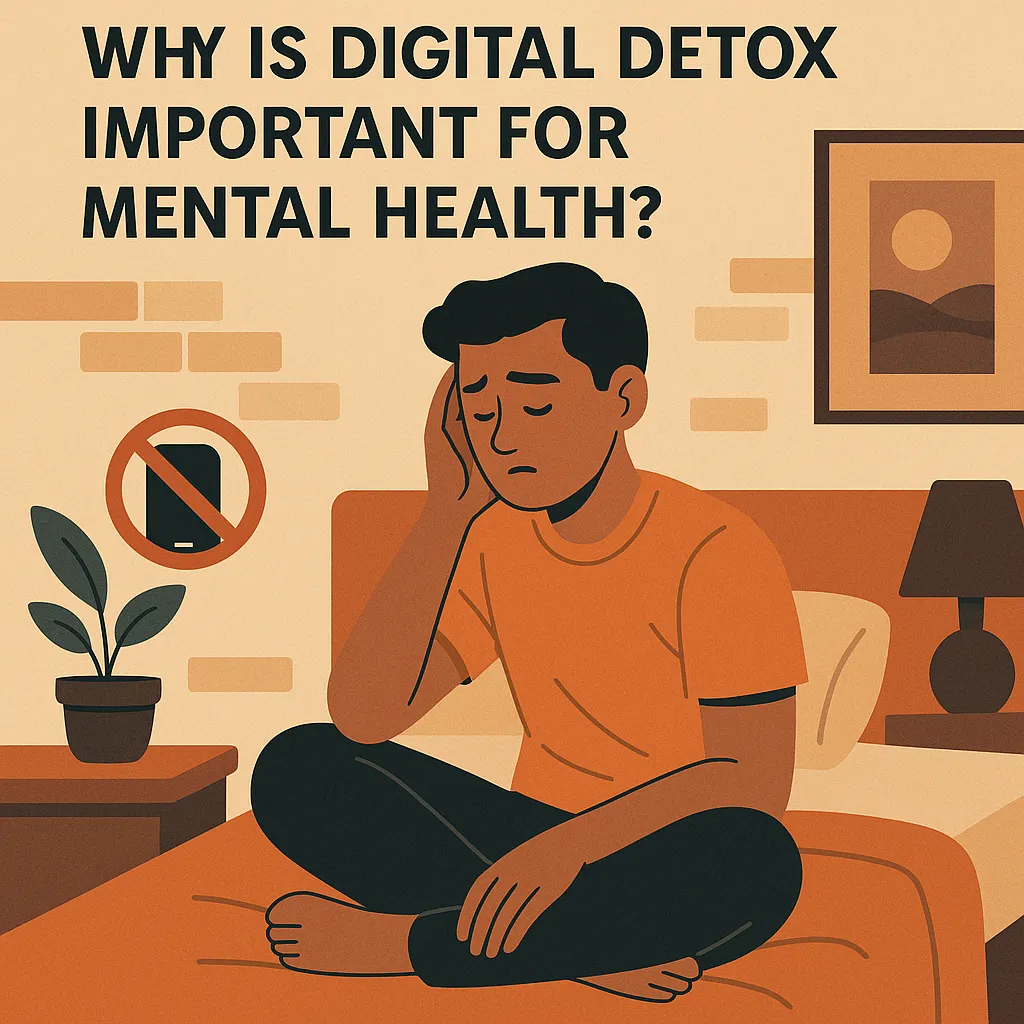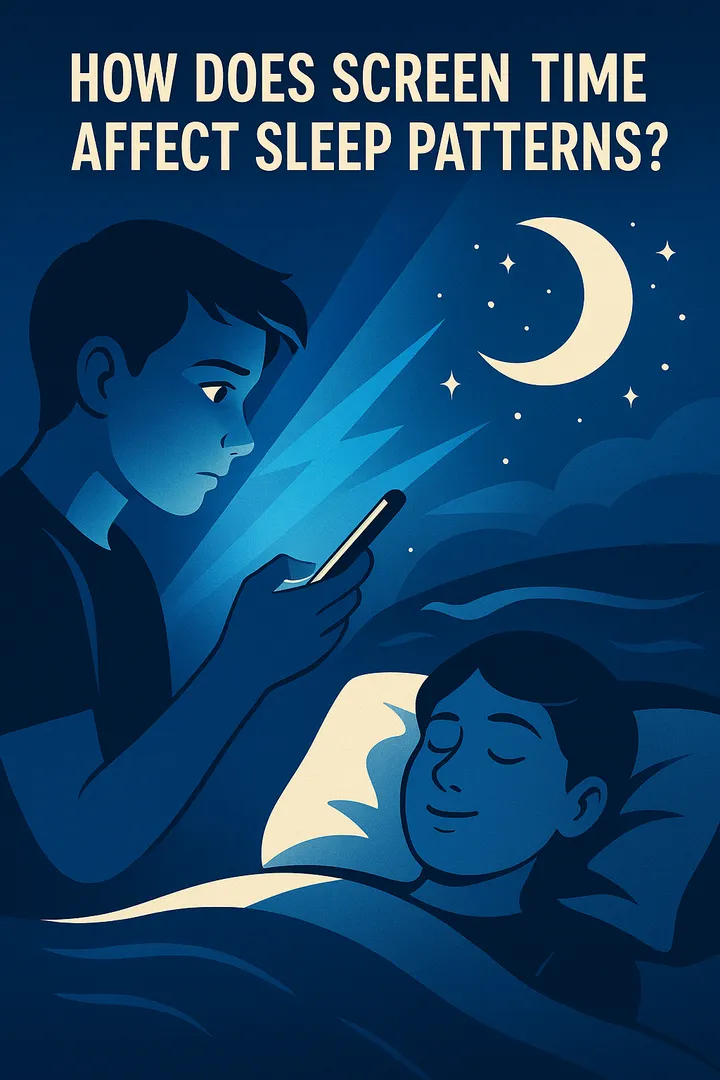In today’s hyper-connected world, the constant influx of digital information can be overwhelming, often leading to digital fatigue and its associated mental health implications. A digital detox—temporarily reducing or eliminating the use of digital devices—can be a powerful remedy, fostering mental clarity and emotional well-being. This article delves into effective strategies for implementing a digital detox, underscoring the importance of mental health in this digital age.
Understanding Digital Detox
Digital detox refers to a period during which an individual refrains from using electronic devices such as smartphones, computers, and tablets. The goal is to reduce stress, increase focus, and improve mental health. With the average person spending approximately 6 hours per day on digital devices, the need for a digital detox is more pressing than ever.
Setting Clear Goals
To embark on a successful digital detox, it is essential to set clear, achievable goals. These objectives might include reducing screen time to a certain number of hours per day, avoiding digital devices during meals, or designating specific “tech-free” zones in your home. By setting tangible targets, you can measure your progress and stay motivated.
Example: Aim to reduce screen time by 30% over the first week of your digital detox.
Creating a Detox Plan
A structured plan is crucial for a successful digital detox. Start by identifying your current digital habits and pinpointing which ones you want to change. Then, create a realistic schedule that outlines when and where you will abstain from digital devices.
Use Case: Use a time-tracking app to monitor your device usage and identify patterns that need adjustment. This can help highlight areas where you can cut back on digital consumption.
Gradual Reduction of Screen Time
Instead of going cold turkey, consider gradually reducing your screen time. Sudden changes might lead to withdrawal symptoms, making it difficult to stick to your detox. Start by limiting the time spent on non-essential activities, such as social media or video streaming, and gradually decrease it over time.
Example: Reduce social media usage by 10 minutes each day until you reach your desired limit.
Engaging in Alternative Activities
A digital detox offers the perfect opportunity to rediscover non-digital activities. Engaging in hobbies, reading physical books, exercising, or spending more time outdoors can significantly enhance mental health and provide a refreshing break from screens.
Use Case: Replace your evening screen time with a relaxing walk in the park or a creative hobby like painting or knitting.
Establishing Tech-Free Zones and Times
Designate certain areas in your home as tech-free zones, such as the dining room or bedroom. Additionally, establish tech-free times, such as during meals or an hour before bedtime, to encourage deeper connections with family and improve sleep quality.
Example: Implement a “no devices at the dinner table” rule to encourage meaningful conversations.
Leveraging Technology to Aid Detox
Ironically, technology can assist in your digital detox journey. Utilize apps designed to monitor and limit screen time, or enable features on your devices that remind you to take breaks and adhere to your detox plan.
Code Snippet Example:
For iOS users, use the following steps to set up Screen Time limits:
1. Go to Settings > Screen Time.
2. Tap "App Limits" and select "Add Limit."
3. Choose the categories or apps you wish to limit.
4. Set your desired time limit and tap "Add."Key Points and Best Practices
- Be Realistic: Set achievable goals and avoid drastic changes that may lead to frustration.
- Stay Consistent: Consistency is key to forming new habits. Stick to your detox plan as closely as possible.
- Seek Support: Share your digital detox journey with friends or family for encouragement and accountability.
- Reflect and Adjust: Regularly assess your progress and make necessary adjustments to your detox strategy.
Frequently Asked Questions
1. What are the benefits of a digital detox?
A digital detox can lead to reduced stress, improved sleep, increased focus, and enhanced relationships. By disconnecting from screens, you give your mind the opportunity to rest and recharge, promoting better mental health.
2. How long should a digital detox last?
The duration of a digital detox can vary based on individual needs and goals. It can range from a few hours each day to several weeks. Start with short, manageable periods and gradually extend your detox as you become more comfortable.
3. Can I still use digital devices for work during a detox?
Yes, you can still use devices for essential tasks, such as work or communication. The goal is to minimize non-essential screen time and find a balance that prioritizes mental health.
4. How do I handle withdrawal symptoms during a digital detox?
Withdrawal symptoms are common, especially at the start. Address them by engaging in alternative activities, practicing mindfulness, and reminding yourself of the benefits of a digital detox.
5. Is a digital detox suitable for everyone?
While a digital detox can benefit most people, it’s important to tailor the approach to your specific lifestyle and needs. Consider seeking guidance from a mental health professional if you have concerns about your digital habits.
Conclusion
Implementing a digital detox is an effective strategy for enhancing mental health in our technology-driven world. By setting clear goals, creating a structured plan, and engaging in alternative activities, you can successfully reduce digital dependency and foster a healthier relationship with technology. Remember, the journey towards improved mental well-being is personal, and taking small, consistent steps can lead to significant positive changes. For further reading on the impact of digital habits on mental health, consider exploring resources from trusted organizations like the National Institute of Mental Health.







